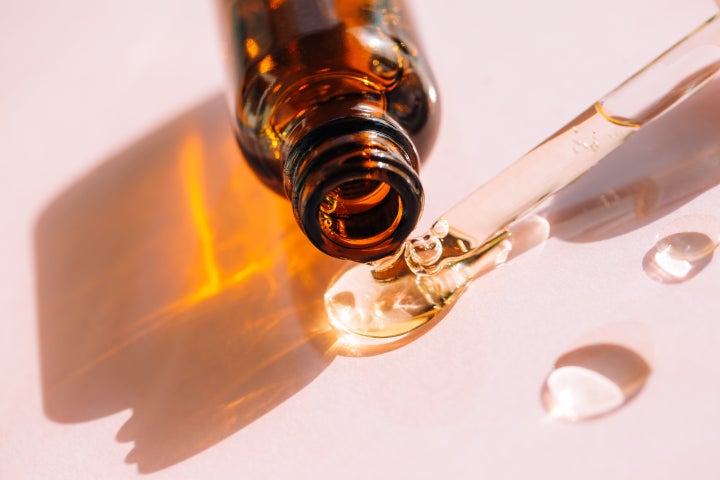
It’s so hard to keep track of the newest skin care superstars. As soon as you make a splurge purchase for a “magic” new product, another one comes along that promises to knock that old-school stuff off your bathroom shelf. But in the case of polyglutamic acid (PGA), the hype really may be true.
First, if you’re jumping in on the “food as skin care” trend, it could be an interesting ingredient, since PGA is a peptide naturally derived from the bacillus bacteria in nattō, also known as Japanese fermented soybeans. “It’s created when multiple glutamic acids link together,” dermatologist Seemal R. Desai, a clinical assistant professor in the department of dermatology at the University of Texas Southwestern Medical Center, told HuffPost. “It can be extracted from the soybeans or synthesized in a lab.”
Next, if you want to get your skin ready for a cold, dry winter, you also might want to consider it. “It is indeed a very powerful hydrator,” dermatologist Pearl E. Grimes said. “Reportedly, it can absorb moisture up to 4,000 to 5,000 times its own weight, as compared to hyaluronic acid, which typically absorbs up to 1,000 times its own weight. There have been some studies in recent years showing its efficacy in moisturizing and hydrating the skin, and there even are some studies suggesting its potential for speeding up the skin’s healing process.”
From Wound Care To Super Moisturizer
The ingredient has been used to treat skin for many years. “It’s traditionally been used in wound healing, but recently its popularity has increased as a skin care ingredient,” dermatologist Heather Woolery-Lloyd told HuffPost. Why? It’s simple. “If your skin is thirsty, PGA quenches the thirst,” Desai said. “It helps attract and maintain moisture and hydration in the skin.” And thanks to all that hard work, it may indirectly reduce the appearance of fine lines and wrinkles by replacing moisture in the cells,” he said.
Is Your Skin Ready For PGA?
If the term “acid” is worrisome, never fear. “The acid groups are not very strong, so the irritation potential is a lot lower than you’d expect from an ingredient with the word ‘acid’ in its name,” said Michelle Wong, a chemistry Ph.D. and founder of Lab Muffin Beauty Science.
Whether you have dry skin, oily skin or anything in between, PGA is probably something your skin can tolerate. “It’s thought to be good on all skin types,” Desai said. But, if you want to try it, he suggested you consult with your board-certified dermatologist first.
Since it never hurts to be careful and start slowly, experts say. “While generally well tolerated, PGA could potentially be irritating or cause an allergic reaction in sensitive skin types,” Grimes said. “It’s important to try a product containing PGA in a small amount on the skin to test it out and wait 24 hours to see if there is any adverse reaction.”
Team It Up With Hyaluronic Acid
Thinking back to your overflowing product shelf, it’s good to know that this product plays well with others.
“It can actually be used alongside hyaluronic acid,” said Joshua Zeichner, a dermatologist and associate professor of dermatology at Mount Sinai Hospital in New York. “My suggestion would be to apply hyaluronic serum first, then layer the polyglutamic acid product on top of it.”
Next, there’s the issue of prepping your skin so it gets the most benefit from the ingredient. “As a powerful humectant, it needs water to effectively do its job,” Grimes said. “It should be properly layered on top of cleansed, damp skin, and if the product you’re using does not already have an occlusive ingredient in it, it should be sealed or locked in with an occlusive moisturizing product on top.” (Occlusive means a product designed to prevent water loss.)
How To Pick The Right PGA For You
For many experts, the jury is still out regarding the most effective products. “It’s still relatively new, so I don’t have any personal favorites yet,” Woolery-Lloyd said. But the experts we spoke to did suggest some thorough label-reading before making a purchase. “Check to make sure the product has been scientifically tested and studied and has minimal preservatives,” Desai said. “Look at the ingredient profile and see if PGA is listed, and then look at the other ingredients and make sure those also work with your skin and your own skin care goals.”
5 PGA Products To Try
HuffPost may receive a share from purchases made via links on this page. Every item is independently selected by the HuffPost Shopping team. Prices and availability are subject to change.

Get it from Amazon for $39.
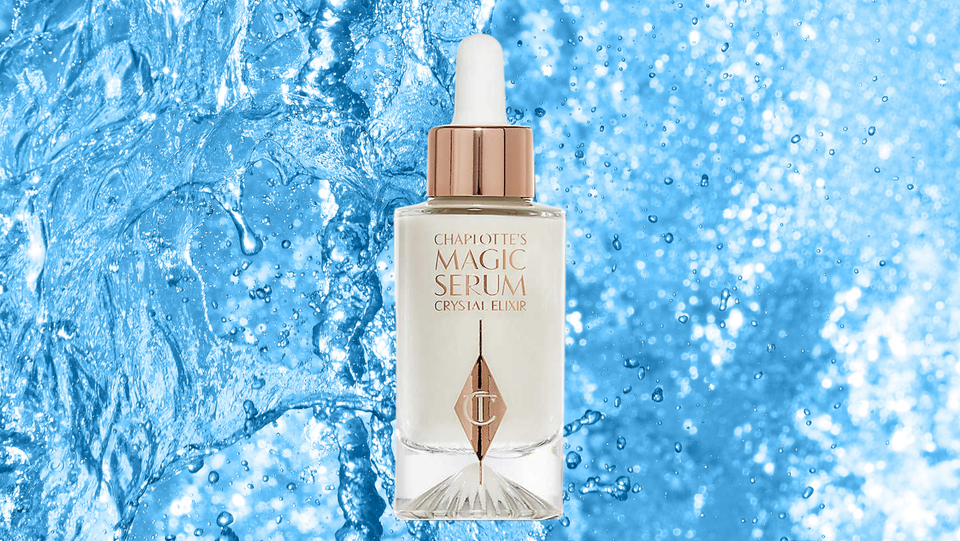
Get it from Sephora for $80.
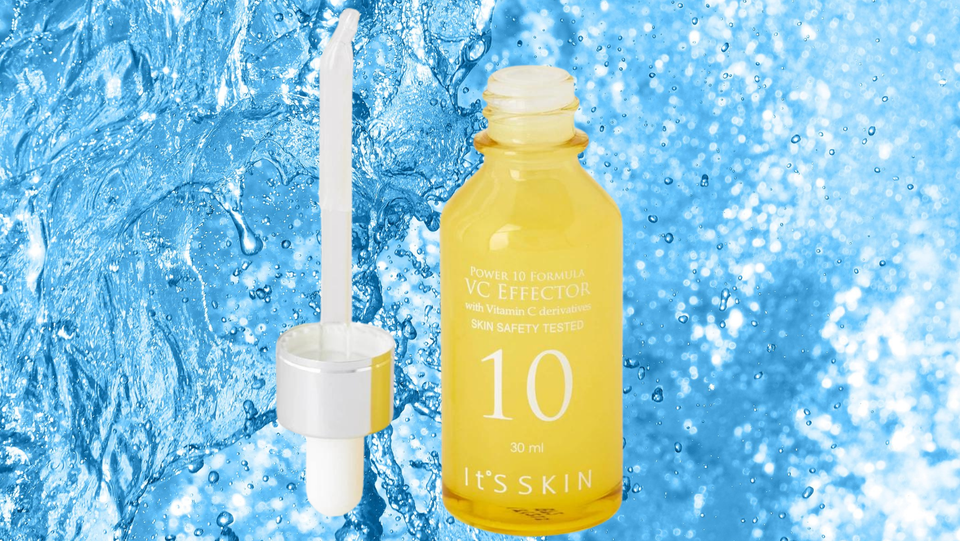
Get it from Amazon for $16.
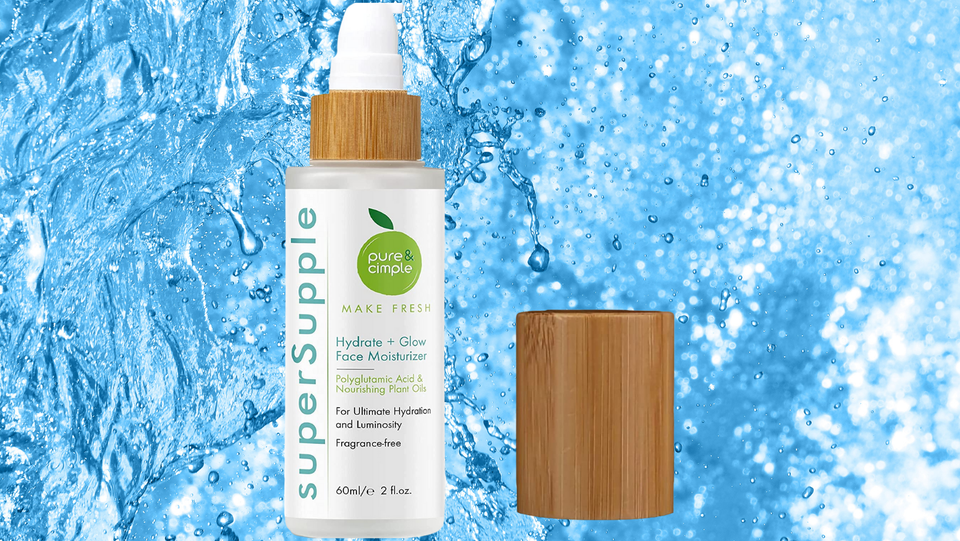
Get it from Amazon for $39.95.
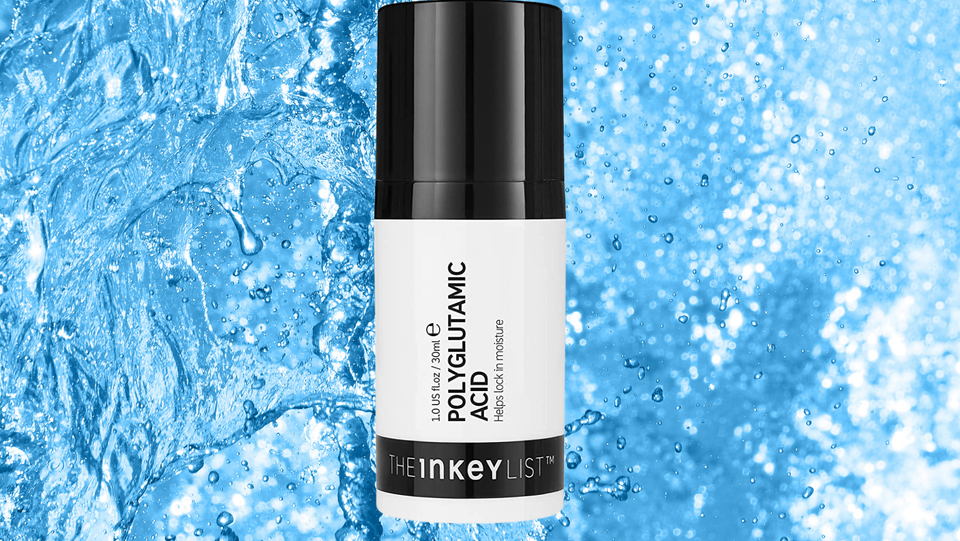
Get it from Sephora for $14.99.